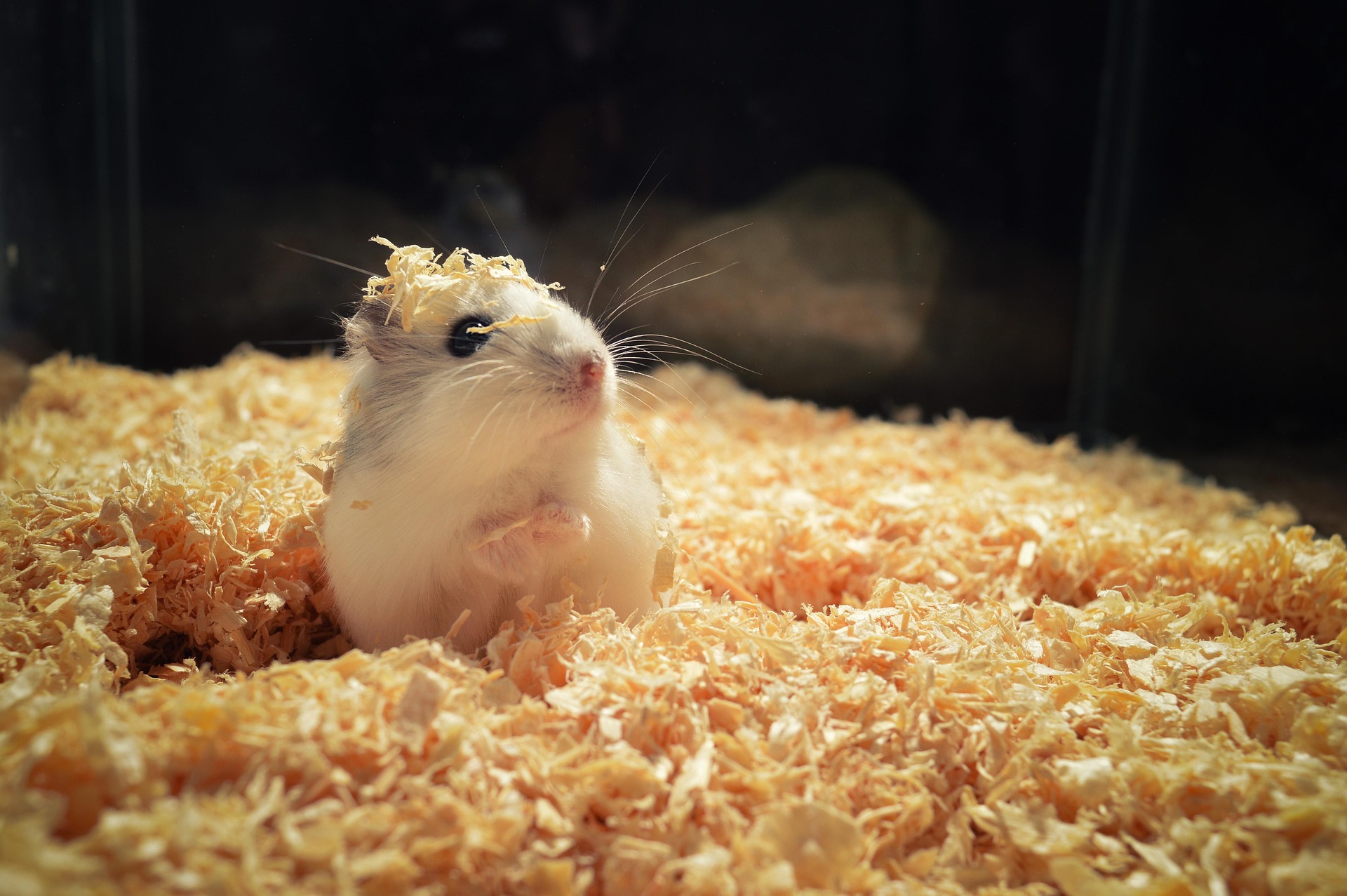Deciphering Whisker Talk: The Fascinating World of Rodent Communication
Rodent communication is a fascinating, complex, and vastly under-explored field. Their world is filled with subtle signals and cues that we are just beginning to understand. These creatures use a variety of means - from vocalizations to whisker movements - to communicate with each other, making them one of the most socially sophisticated groups of mammals in the animal kingdom.

Understanding rodent communication is not just about decoding the squeaks and whistles. Recent studies reveal that these creatures use their whiskers in a multitude of ways to interact with their environment and their peers. This article delves into the exciting world of rodent communication, exploring the latest research, and shedding light on how these creatures use their whiskers to ‘talk’.
The World Beyond Squeaks: Unraveling Rodent Whisker Communication
Historically, research into rodent communication focused primarily on auditory signals. However, recent advancements have opened up a whole new avenue of study: the role of whiskers in rodent communication. Whiskers, or vibrissae, are highly sensitive appendages that rodents use to explore their world, and as we’re now learning, to communicate with each other.
Whiskers: The Sensory Powerhouses
Whiskers play a crucial role in how rodents sense their environment. They are significantly more sensitive than human fingertips, allowing rodents to detect minute changes in their surroundings. These vibrissae work as a tactile sensory organ, helping rodents to navigate dark burrows, locate food, or sense potential danger.
Rodent Chatter: The Whiskers’ Role
Recent research indicates that rodents also use their whiskers to communicate. They move their whiskers in specific patterns during social interactions, and these patterns appear to convey information to other rodents. This is a groundbreaking development in our understanding of rodent communication, suggesting a level of complexity previously unappreciated.
The Market Impact of Understanding Rodent Communication
As we continue to understand rodent communication better, it has significant implications for various sectors. In the pet industry, for example, this knowledge can help create better pet care products tailored to rodents’ unique communication needs. It’s estimated that the market for small mammal pet care products, including those for rodents, will reach $2.1 billion by 2025, highlighting the financial potential of this research.
The Future of Rodent Communication Research
Our understanding of rodent communication is still in its early stages, but the discovery of whisker ‘talk’ opens up exciting new avenues for research. As we continue to delve into this field, we can look forward to uncovering more fascinating insights into the complex social lives of these small mammals.
This article has explored the unique and fascinating world of rodent communication, shedding light on the role of whiskers in conveying information. As research continues, we look forward to learning more about these complex creatures and their intriguing ways of ‘talking’.




